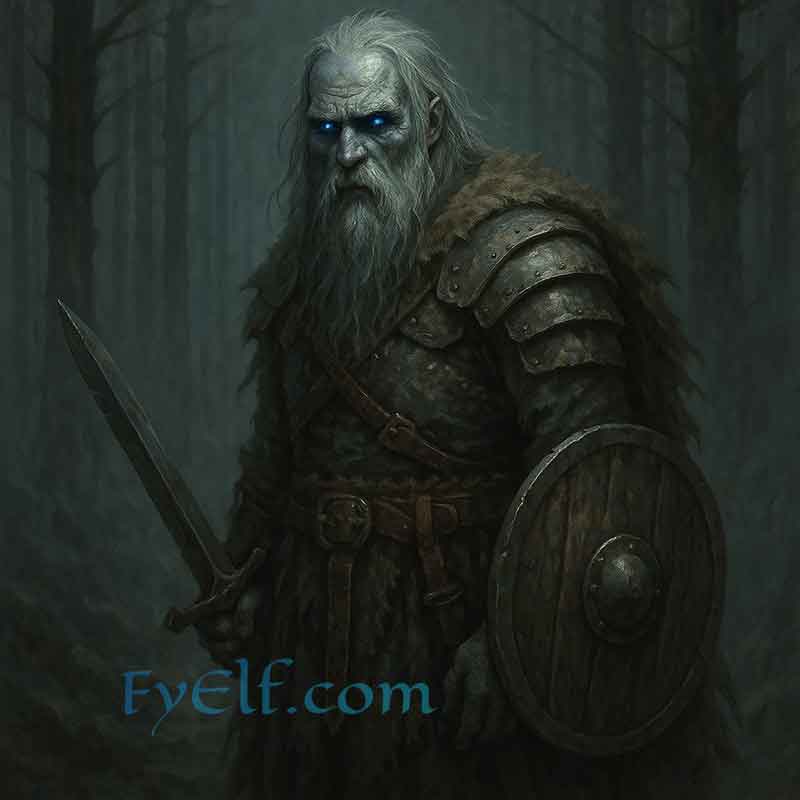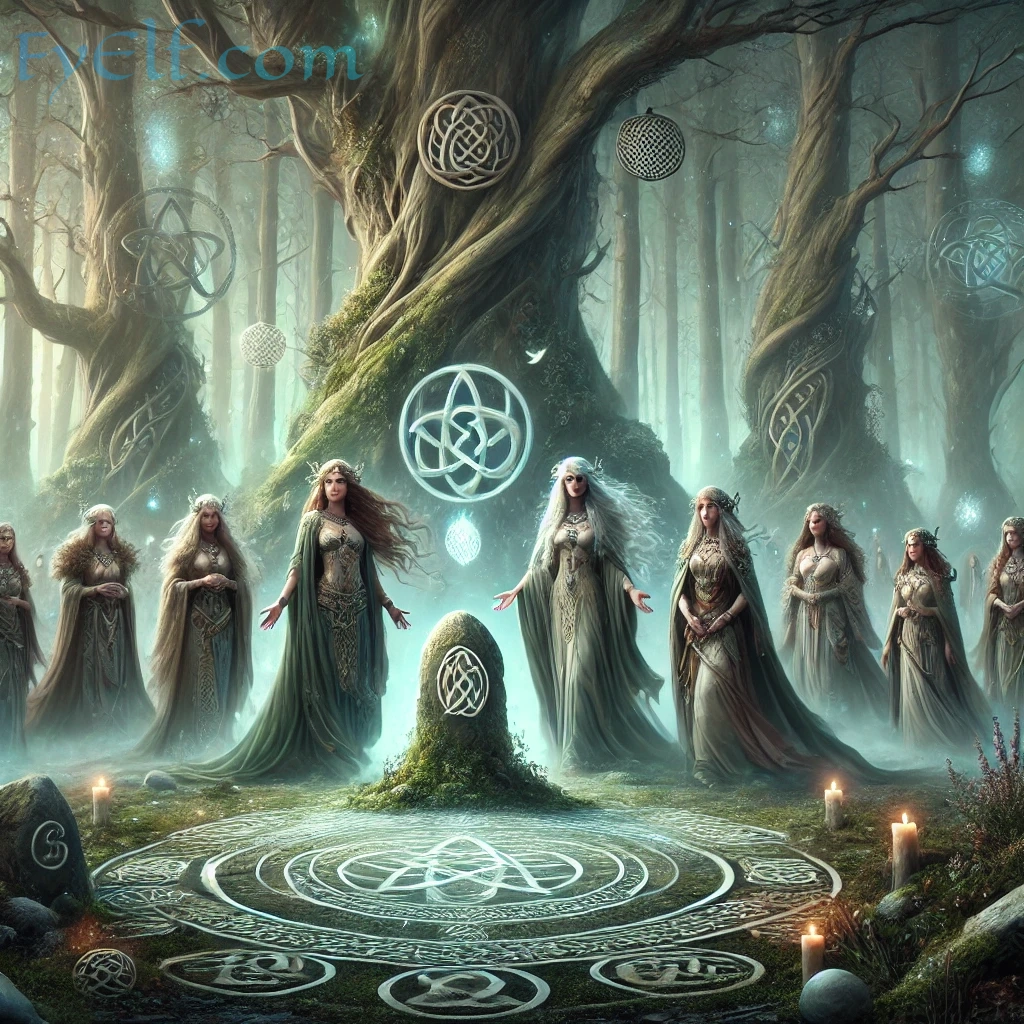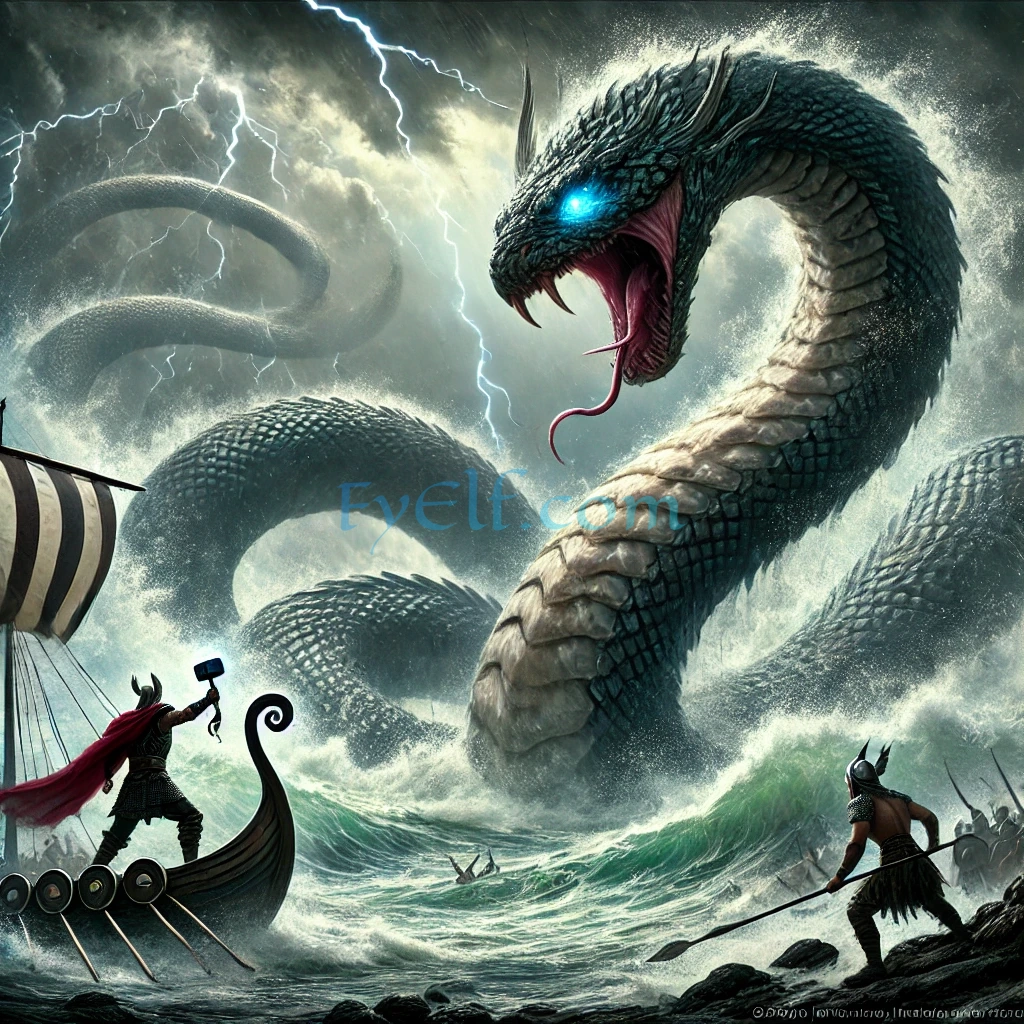The Banshee, also known as Bean Sidhe in Irish folklore, is one of the most iconic and haunting mythical creatures in Celtic mythology. Her eerie wail is believed to foretell the death of a family member, making her presence both feared and revered. In Irish, “Bean Sidhe” translates to “woman of the fairy mounds” or “fairy woman,” linking her to the Aos Sí, a supernatural race in Celtic myth.
Origins of the Banshee
The legend of the Banshee dates back to early Celtic history, where she was often depicted as a messenger from the Otherworld. Some myths say the Banshee was once a young woman who suffered a tragic death and now acts as a spiritual guide. Other versions describe her as a member of the fairy folk, sent to warn families of impending death. The Banshee’s connection to noble Irish families like the O’Briens, O’Neills, and O’Connors reinforces her association with prestige and the supernatural.
Appearance of the Banshee
While the appearance of the Banshee can vary, she is typically described in two ways:
- As a beautiful young woman with flowing hair, dressed in white or grey, who softly sings a sorrowful song of mourning.
- As an old, haggard woman with long, wild hair, dressed in tattered clothes, her eyes red from crying. In this form, she is more terrifying, embodying grief and death.
In some stories, the Banshee also takes on the form of a crow or weasel, further tying her to themes of death and transformation in Celtic mythology.
The Cry of the Banshee
The Banshee’s most distinguishing feature is her wail, a piercing, mournful cry that can be heard from far away. This cry, known as keening, is thought to signal the imminent death of someone in the family. The act of keening was once performed by professional mourners at Irish funerals, adding a cultural layer to the myth. While the sound of the Banshee’s cry can send shivers down one’s spine, it is important to note that she is not considered evil. Instead, she is a harbinger of fate, giving the family time to prepare for their loss.
The Banshee’s Role in Mythology
The Banshee’s role is to warn rather than to harm. Her mournful song is a reflection of grief rather than malevolence, making her a complex figure in Irish myth. She symbolizes loss, transition, and the inevitability of death. In some interpretations, the Banshee serves as a protector of Irish families, watching over them as they navigate life’s hardships.
Though traditionally associated with Irish nobility, the legend of the Banshee has expanded over time, now seen as a figure of death and mourning across Irish culture.
Modern Depictions of the Banshee
The Banshee has endured through the centuries, appearing in various forms of modern media. From films and literature to video games, the Banshee’s role as a harbinger of death continues to captivate audiences. She is often depicted as a ghostly figure whose cries echo through the night, keeping her status as a terrifying yet tragic symbol alive.
The Banshee, with her chilling cry and ghostly presence, remains one of the most haunting figures in Celtic mythology. Though feared for her association with death, she is ultimately a messenger from the Otherworld, delivering warnings rather than curses. Her story reflects the deep connection between Celtic culture and the belief in supernatural forces that govern life and death.




